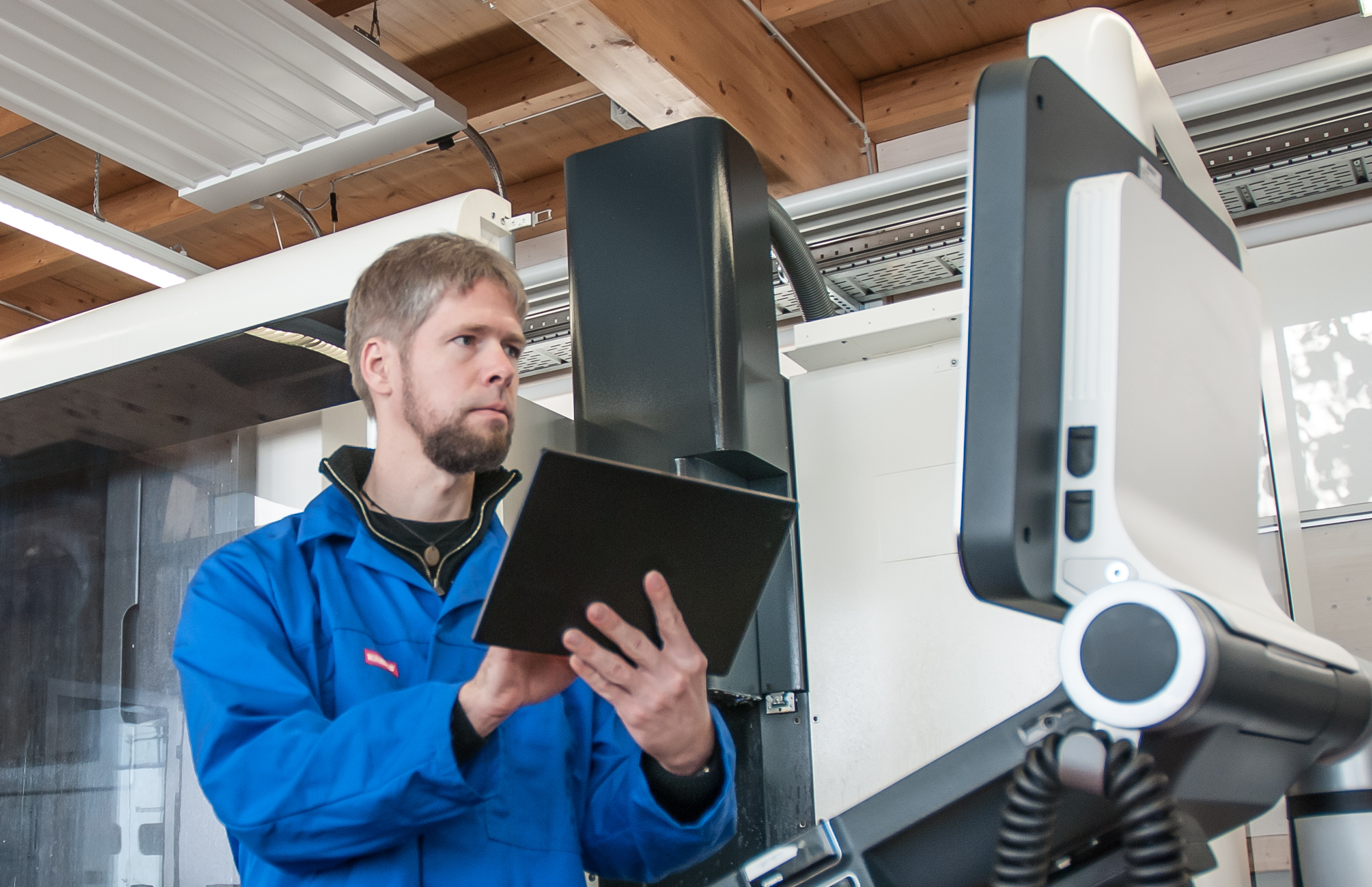
Delivering reliable and wireless communication in industry with a standardized test method.
Because of their mobility, it is diffi cult to connect driverless transport vehicles and rotating parts to a network via cables. To facilitate an efficient production process within the context of Industry 4.0, wireless communication is essential for linking up areas that previously could not be reached using wired solutions.
Industrial companies are already investing in network planning and connectivity, but there is still no standardized procedure for assessing the suitability of a wireless solution for specific application scenarios. A standardized assessment system is required so that development companies and customers can rely on a wireless communication solution to meet all their requirements even in critical use cases. In industrial buildings, for example, different wireless transmission standards or unwanted emissions from machines can cause interference, which can ultimately lead to production downtime in the worstcase scenario.
The ReICOvAir (Reliable Industrial Communication Over the Air) project aims to develop standards, methods, and test instruments that can be used to demonstrate the potential for reliable and wireless communication in an industrial environment. Industrial companies benefit from a standardized selection process for wireless technology that perfectly matches their specific use case. In turn, manufacturers of wireless solutions can design and evaluate their system better according to standardized criteria and can compare competing solutions with their own system.
The use of ReICOvAir solutions allows wireless radio systems for industrial applications to be assessed and selected according to standardized testing criteria at an early stage. This results in greater flexibility in the use of machinery while also reducing the total installation costs, as there is no need to install cables.
In this project, we are conducting research together with partners from Finland and Spain. This collaboration at the European level helps us to take account of country-specific differences in the relevant industries and allows the project to incorporate different ways of thinking. Accordingly, the overall results are less prone to error, and the project’s outcomes are relevant to companies operating worldwide.